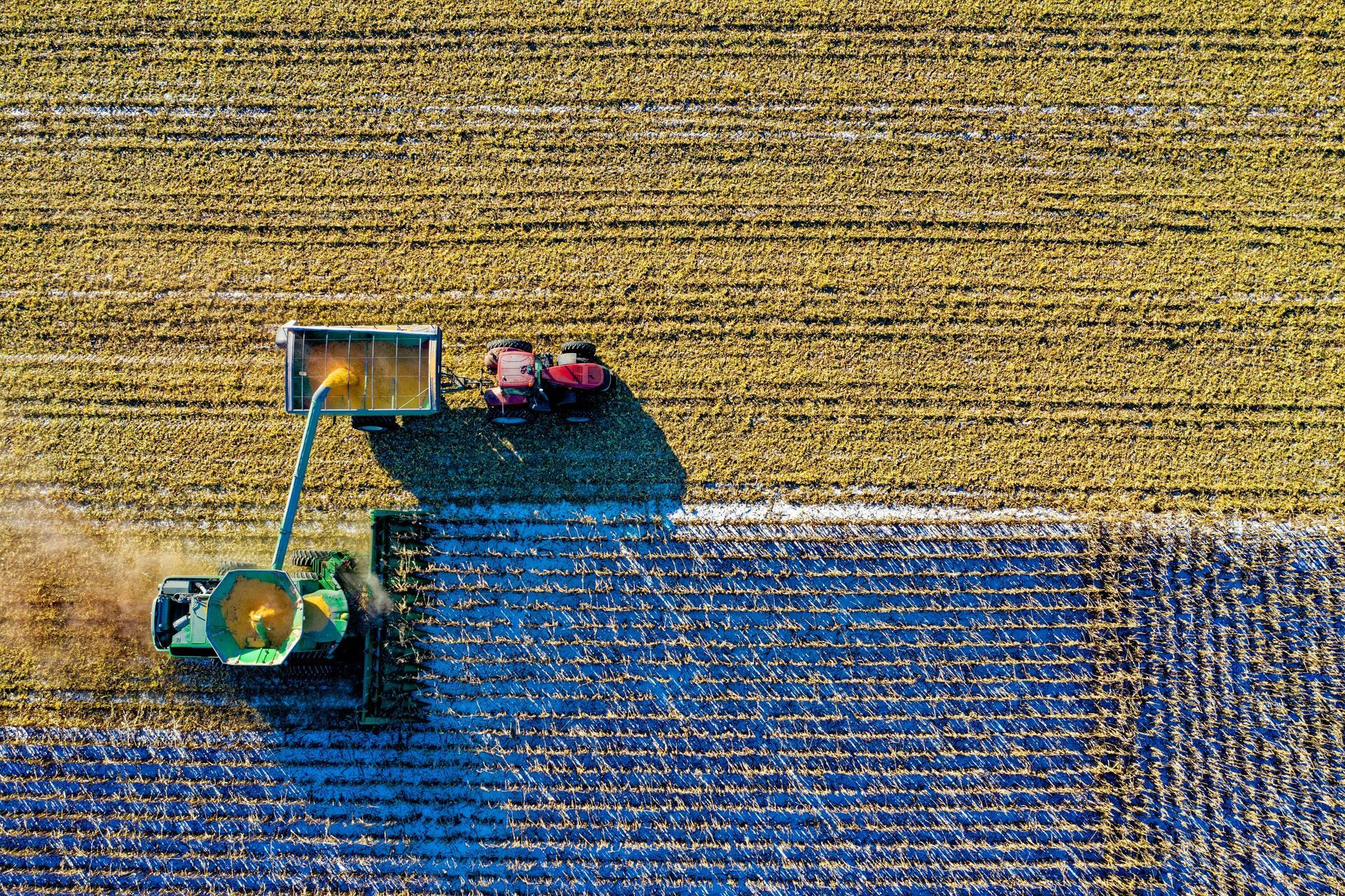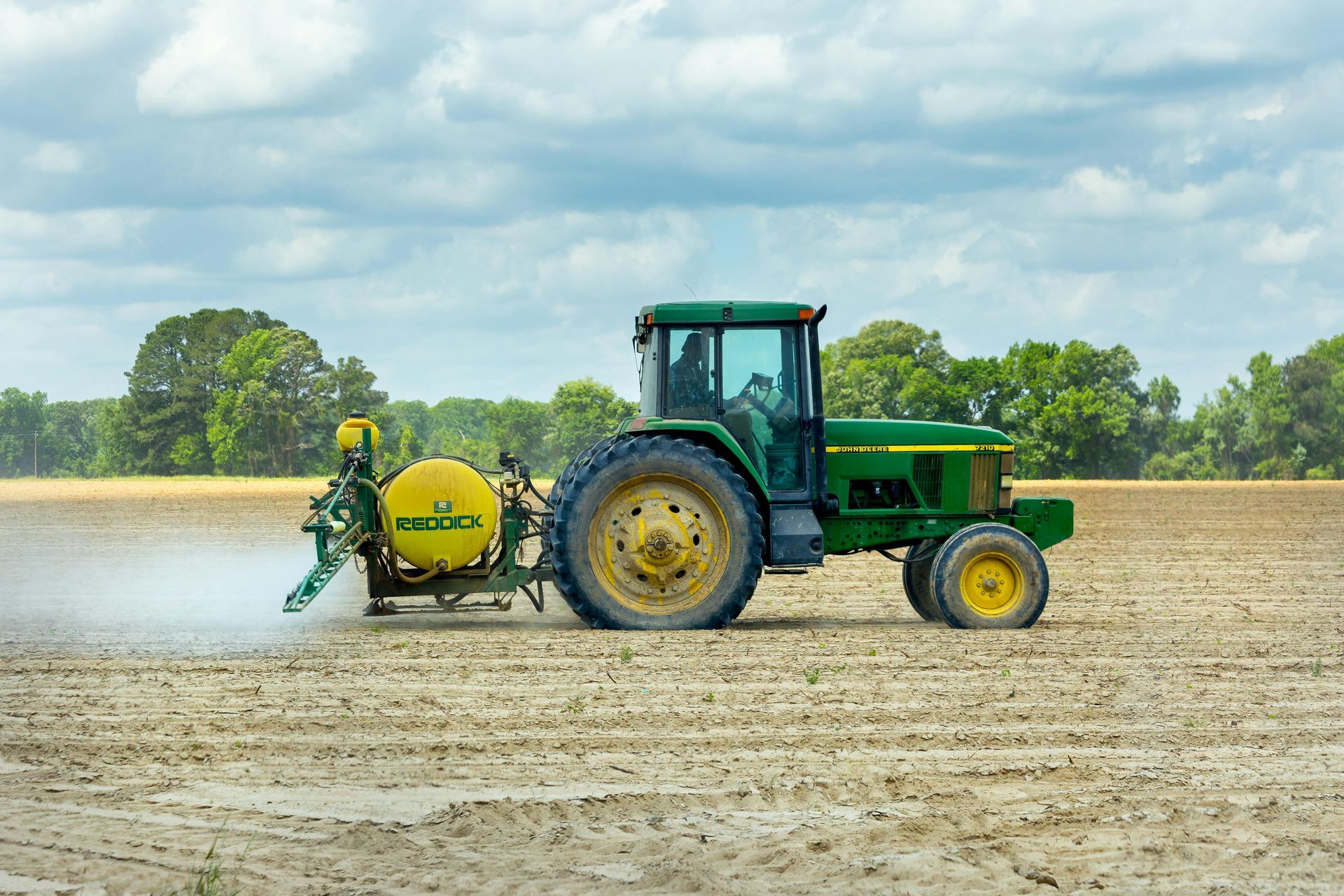Ag Insights
Ag Insights is your go-to source for practical, up-to-date information on California agriculture. We cover key topics like water policy, farm funding programs, market trends, and sustainability practices—giving farmers and ag businesses the tools they need to adapt and succeed. Whether you’re looking for clarity on regulations or exploring new opportunities for growth, Ag Insights delivers clear, concise analysis tailored to the realities of farming in California today.

In an effort to address the ongoing challenges facing American agriculture, the USDA’s Farm Service Agency (FSA) has launched the Emergency Commodity Assistance Program (ECAP) for the 2024 crop year. This new program provides direct economic relief to producers grappling with rising input costs and market instability. For California’s diverse agricultural sector—already navigating water scarcity, labor shortages, and supply chain disruptions—ECAP offers a timely financial boost. What Is the Emergency Commodity Assistance Program (ECAP)? ECAP was established to help offset the financial pressures farmers are facing due to high production costs, including fuel, fertilizer, pesticides, and labor. The USDA has earmarked up to $10 billion in direct payments to eligible agricultural producers across the country, including California. The program focuses on supporting growers of key commodities such as: Wheat Corn Cotton Rice Sorghum Barley Soybeans Peanuts Pulse crops And other eligible row crops These payments are designed to offer relief to producers who have reported significant financial strain due to volatile input costs and fluctuating market prices in the 2024 crop year. Why It Matters for California Agriculture California farmers face unique challenges. While the state leads the nation in agricultural production, growers are operating in a high-cost environment with limited access to affordable water and labor. In addition to regulatory compliance expenses and market pressures, input costs for fuel and fertilizer have remained historically high. Programs like ECAP can provide much-needed working capital to stabilize operations as growers head into the 2025 planting and harvest seasons. The program is especially relevant for California’s rice growers in the Sacramento Valley and cotton producers in the San Joaquin Valley—two sectors that have been hard hit by input cost increases and water delivery limitations. How Much Support Is Available? Under ECAP, payment rates are determined based on reported acres and production data for eligible commodities. The program is structured to offer equitable support based on a farm’s reported production history. The total payment received by a producer will vary, depending on the scale of their operations and the commodities they grow. According to the USDA, payments will be issued directly to producers after applications are processed and verified. How to Access and Apply for ECAP Producers interested in applying for ECAP must file an application with their local Farm Service Agency (FSA) office. The application period opened on March 19, 2025 , and will remain open through August 15, 2025 . Steps to Apply: Contact Your Local FSA Office Farmers must apply through their FSA county office. Producers can locate their local office at farmers.gov/service-locator . Confirm Eligibility Applicants must have acreage reports and production data on file for eligible commodities. This information typically includes FSA Form 578 (Report of Acreage) and previous program participation documentation. Complete an ECAP Application The application requires detailed farm and crop information to calculate payments accurately. If you have an existing relationship with the FSA, much of this data may already be on file. Submit Required Documentation Applicants may need to submit additional documentation to verify eligibility, including proof of production losses or increased costs. Review and Approval Once submitted, FSA staff will review applications and calculate payment amounts. Approved payments will be made directly to eligible producers. For detailed program guidance and updates, producers can visit the official USDA FSA ECAP Bulletin . Key Dates to Remember Application Start Date : March 19, 2025 Application Deadline : August 15, 2025 Additional Considerations While ECAP provides immediate financial relief, it is part of a broader set of USDA programs aimed at supporting farm sustainability. California producers are encouraged to work with their local FSA offices to explore other opportunities, including disaster relief, conservation incentives, and loan programs. Final Thoughts As California agriculture continues to adapt to a rapidly changing economic and environmental landscape, programs like ECAP offer critical support. Whether you’re growing rice in the Sacramento Valley or managing a diversified row crop operation in the Central Valley, this program can help bridge financial gaps and sustain operations through uncertain times. For more information, visit the USDA FSA ECAP Announcement , reach out to us at katie@driverconsultingllc@gmail.com, or contact your local FSA office

